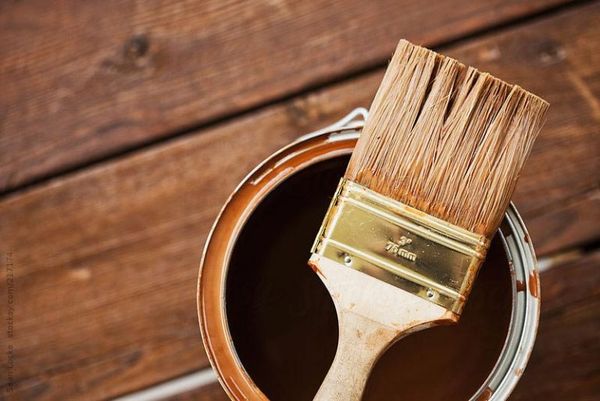A deck can be the crown jewel of your outdoor space, providing a comfortable area for relaxation, socialization, and even dining al fresco. However, the elements can take a toll on even the most robustly constructed deck. To ensure its longevity and maintain its beauty, regular maintenance is crucial. Here are some tips and best practices to keep your deck looking its best year after year.
Remember, before beginning any maintenance task, it's always a good idea to ensure you have all necessary tools and materials on hand to make the process efficient and effective.
Tools:
- Broom: For sweeping away leaves, dirt, and other debris.
- Stiff Brush: Used to scrub the deck during deep cleaning.
- Screwdriver or Drill: For tightening or replacing loose nails or screws.
- Plastic Shovel: To remove snow without scratching the deck.
- Spray Bottle or Garden Sprayer: For applying cleaning solution or vinegar mixture.
- Fire Extinguisher: Keep it handy when barbecuing on the deck.
- Paintbrush or Roller: For applying sealant or stain.
Materials:
- Deck Cleaner Solution: To deep clean the deck and remove mold, algae, or dirt.
- Waterproof Sealant: To protect wood from moisture.
- Deck Stain: For additional protection and aesthetics.
- White Vinegar: A natural solution to combat mold and mildew.
- Mildewcide: Can be added to cleaning solutions to prevent mold growth.
- Nails or Screws: Replacement for any loose or missing ones during inspection.
- Saucers or Stands: To be placed beneath planters.
- Grease Catcher: For use when grilling to prevent stains and damage.
- Soft Cloth or Rag: For wiping down and drying certain areas if needed.
1. Regular Cleaning
A clean deck is not just about aesthetics; it's about preventing the buildup of mold, mildew, and debris that can damage its surface over time.
- Sweep Regularly: At least once a week, sweep away leaves, dirt, and other debris.
- Deep Clean Annually: Use a deck cleaner solution and a stiff brush to scrub the deck. This will remove any mold, algae, or deep-seated dirt.
2. Check for Damages
Inspect your deck at least twice a year, preferably during spring and fall.
- Look for any signs of rot, especially in areas that stay damp.
- Check for loose nails or screws, and tighten or replace as necessary.
- If boards are warped or damaged, consider replacing them.
3. Seal and Stain
To protect the wood from moisture and the sun's UV rays, it's essential to seal or stain your deck.
- Choose the Right Sealant: A waterproof sealant will prevent moisture damage.
- Staining: This not only adds beauty but also provides an additional layer of protection. Remember to choose a stain that's suitable for your deck's wood type.
4. Address Mold and Mildew
In damp climates, mold and mildew can be a persistent problem.
- Use a deck cleaning solution with mildewcide or a mix of white vinegar and water to combat this issue.
- Ensure proper ventilation and sunlight for your deck, as these can naturally deter mold growth.
5. Mind the Gaps
The spaces between deck boards are crucial for drainage.
- Ensure these gaps remain clear and free of debris to prevent water buildup.
- If boards are too close together, consider adjusting them to allow for better drainage.
6. Avoid Excess Weight
While decks are built to be sturdy, avoid placing excessively heavy items or overcrowding it with furniture. This will reduce the strain on the deck's structure.
7. Relocate Planters
Plants can enhance the beauty of your deck, but planters can trap moisture against the deck's surface.
- Use stands or saucers beneath planters to prevent direct contact.
- Periodically move planters to allow the deck beneath them to dry out and breathe.
8. Shovel Snow Carefully
If you live in an area prone to snow, remove it from your deck to prevent moisture damage.
- Use a plastic shovel instead of metal to avoid scratching the deck's surface.
- Avoid using salt or chemical deicers that can damage the wood or its finish.
9. Mind Your Grill
If you barbecue on your deck, use a grease catcher and keep a fire extinguisher handy. Regularly check for any signs of damage or discoloration from the heat and address them promptly.
10. Consult a Professional
If you're unsure about the state of your deck or how to address specific issues, it's always a good idea to consult with a deck maintenance professional. They can provide insights and solutions tailored to your deck's specific needs.
Your outdoor deck is more than just a structure; it's a space for memories, relaxation, and enjoyment. With regular maintenance and a proactive approach, you can ensure its beauty and functionality for years to come.


